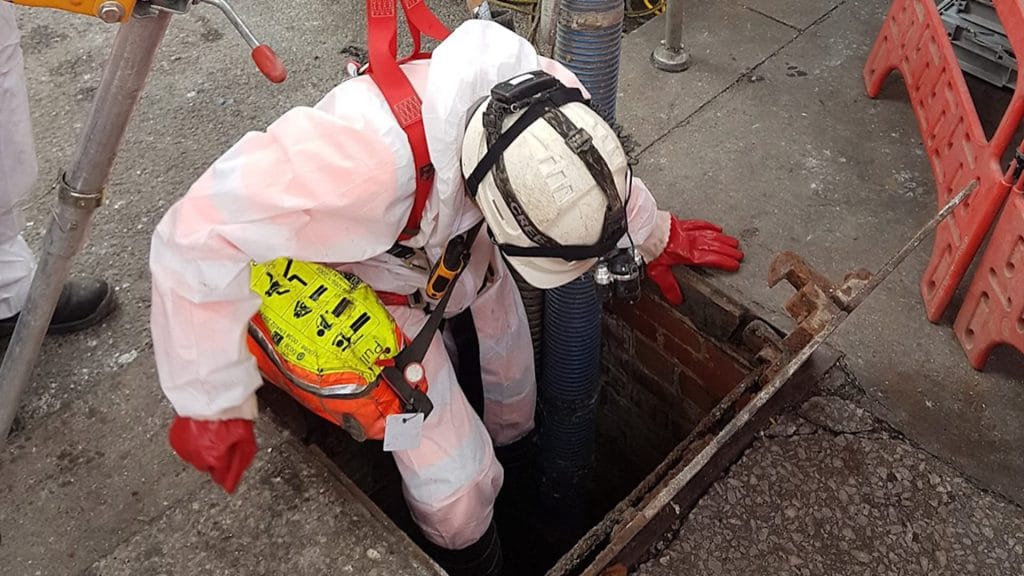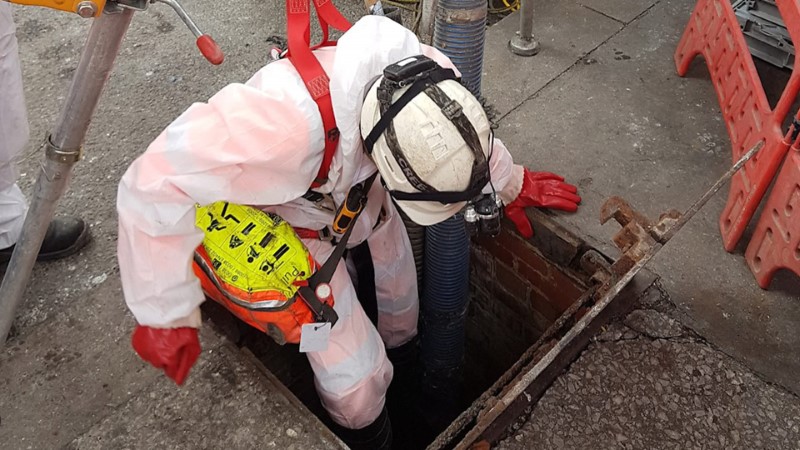
Government housing projects are supposed to help people achieve stability. Having a roof on their heads protects them from the elements and keeps them safe from physical harm. But because of the worsening FOG problem, these government housing projects make living for the residents a very bad experience. Every kitchen in the apartment building is used several times a day. Meals are prepared in each unit, that’s why thus multiple-family unit is mandated by the state to have a grease trap or grease interceptor installed. Just like any food establishment, the government housing facility generally produces food. From meal preparation to washing dishes, solid waste particles and grease materials are continuously dumped into the kitchen drains. Lack of information makes the residents treat their kitchen sinks like trash cans.
As a result, the FOG and solid wastes in these government housing grease traps accumulate much faster than expected. The government agency that oversees the building usually does not inspect the grease trap often so FOG and sewage overflow take place. When FOG joins the untreated wastewater, it rids along the pipes until it solidifies and blocks the flow. The FOG and untreated effluent back up into the government housing facility and causes infections. Outside, the effluent and the FOG reach the waterways, polluting the waters, causing all aquatic life to die.
In maintaining the grease trap installed in these government housing projects, an effective government housing grease trap cleaner should be used. When you talk about cleaning up the grease trap, strong chemicals and enzymes immediately come to mind. These substances may be harsh, but they just emulsify or melt away the FOG. The melted FOG then easily joins the wastewater until it blocks the pipelines. The chemicals and enzymes do more harm than good to the grease trap and the overall connecting systems in the government housing facilities.
The most effective and most recommended government housing grease trap cleaner is the additive made up of bacteria. Bioaugmentation is the process that uses selected strains of non-pathogenic bacteria to breakdown the accumulated solid waste particles and FOG in the grease trap. Bioremediation uses any strain of non-pathogenic bacteria to digest the FOG and convert them into less harmful forms. Both are highly praised because they also eliminate the foul smells while taking care of the environment.
There are lots of grease trap cleaner manufacturers out there that may promise the best in the products that they have especially when they include chemicals and enzymes. But government agencies should know better when dealing with such a demanding component of the government housing facility that they manage.
Using bacteria as the government housing grease trap cleaner is the best decision for the entire facility and the environment. As this type of cleaner is used, regular inspection of the grease trap should also be made so that the management will know if it should take more than four times each year for the grease trap to be pumped out and cleaned.
With bacteria as an efficient ally, government housing facilities would be able to avoid expensive clean up charges, large payments for fines, and lawsuits. They are definitely the best government housing grease trap cleaners that are out in the market—Mother Nature’s finest plumbers.
